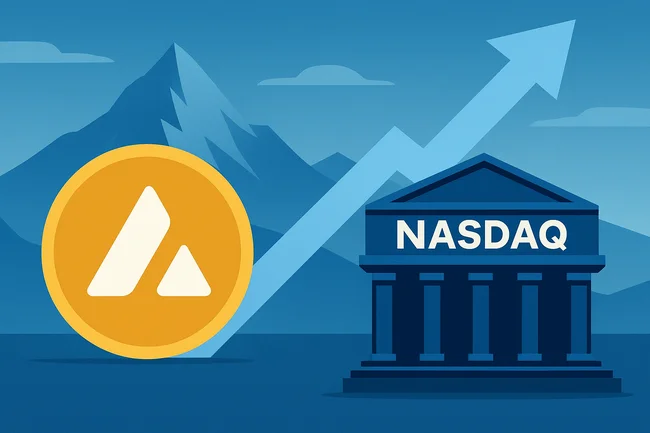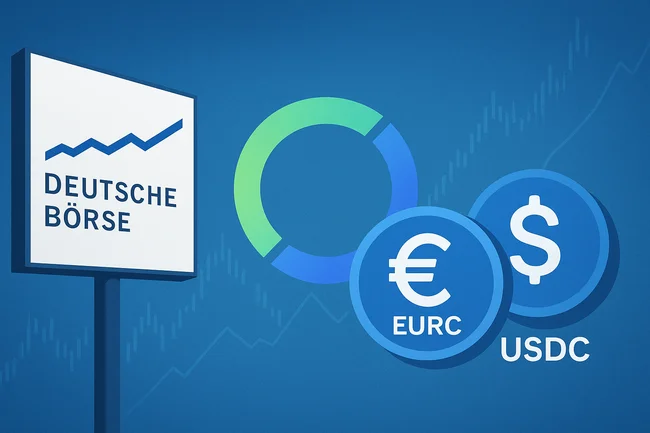A blockchain fork occurs when there is a divergence in the blockchain’s protocol, leading to two separate chains. This can happen for various reasons, including upgrades, changes in rules, or disagreements within the community.There are two main types of forks: soft forks and hard forks. A soft fork is a backward-compatible change that allows previously valid transactions to remain valid. It generally does not require all nodes to upgrade, as older versions can still recognize the new rules.A hard fork, on the other hand, is not backward-compatible. It creates a permanent split from the original chain, resulting in two distinct blockchains. This often occurs when a significant difference in opinion arises within the community. Users may choose to continue using the original chain or migrate to the new one.Forks can lead to the creation of new cryptocurrencies, such as Ethereum Classic, which emerged from a hard fork of Ethereum. They can also affect the value and stability of the assets involved, as market participants react to the changes.

Avalanche Treasury Co. to Go Public in $675M Deal With Mountain Lake Acquisition
Avalanche Treasury Co. (AVAT), a digital asset treasury company aligned with the Avalanche Foundation, said Wednesday it has agreed to



